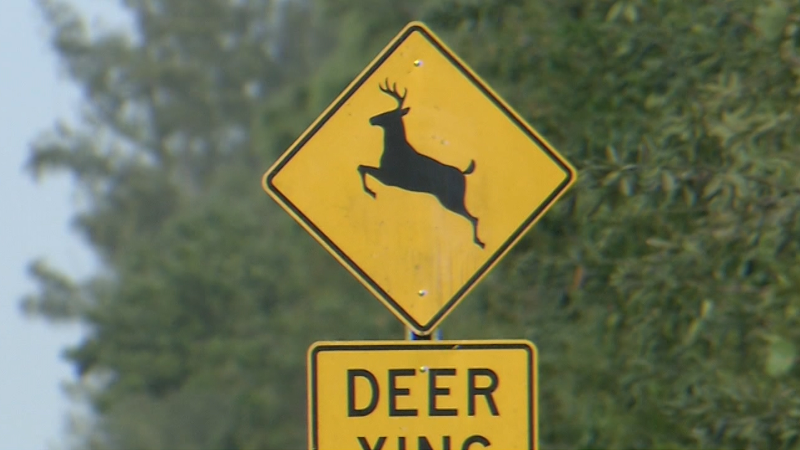Did We Miss the Forecast?
There have been some emails flying around in regards to whether or not AccuWeather "missed" this forecast of significant snowfall for the mid-Atlantic and New England.
It's a matter of record this year -- we're archiving the Breaking Weather News Page (PREMIUM | PRO) so look back in the calendar if you want to see more details. I've pulled out some maps below.
If you look at the official forecast map that we had posted in the Breaking Weather News page Friday morning, and compared it to what actually happened, we thought there'd be a mix of rain, snow, sleet and freezing rain across the states of Virginia and Maryland with no significant snow accumulation, while in reality it ended up being all snow (save a band of ice in southern Virginia) and over 10 inches of snow fell in isolated areas in the mountains.
We ran a similar map in Saturday's blog, but we increased the amounts as we began to realize that the models were talking heavier precipitation and it might fall as snow.
When that map was updated early Sunday morning, we corrected it to include significant snowfall from central Virginia through Long Island based on the new model information which reduced the amount of warm air in the atmosphere. This was a pretty good map to put out on Sunday afternoon (given that the heaviest snow had already occurred in Virginia and Maryland).
You can argue what exactly happened and if us or our competitors were quicker to change forecasts, and who went over or under... but in my opinion, this is what happened. NOTE: I was not watching the models closely so some of this is hearsay.
- The models believed, from early in the week, that a significant ice event would occur in the mid-Atlantic. This was because they felt that warm air would invade the atmosphere above the cold air that would still be wedged near the ground. The precipitation would melt into rain on the way down, then freeze as sleet or ice at the last minute.
- When the GFS changed its mind late in the week and started predicting more snow than the NMM, meteorologists assumed that the GFS was not able to see the warm air (because it runs further out, it has less vertical layers) and the NMM was still correct.
- When (if?) the GFS agreed with the NMM, it was too late, after people had gone to bed on Saturday night, so they didn't read the news until after getting up late or going to church. By then it was almost too late to change the forecast -- hence the "surprise" from some readers. Now, people aren't complaining persay -- most of my readers are snow lovers and they'd much rather see this kind of a forecast goof than the other way around. You forecast 6 inches, people complain at 5 inches but not 9.
After talking to Meteo Madness Man (PREMIUM | PRO), he is more satisfied with the forecasts that he put out on his blog, because he always believed that the cold air would stay put and energy from thunderstorms in the Carolinas would move northeastward into Virginia, Maryland and the major cities of the Northeast. That was a tough call to make, because many times before (probably more often than not), we see the models predict that cold air will stick around but it leaves too quickly, leaving snow lovers out in the rain. Henry's point is that you shouldn't be married to the models but also look at what is happening on the measured upper level charts and the surface weather maps. I think there comes a point where you're too close to the forecast time and you can't hope for reality to adapt itself to what the models think will happen. Determining that point is up to each forecaster.
Elliot Abrams (PREMIUM | PRO) had some good thoughts, as I expected he would:

In summary: We knew the cold air would be trapped at the surface east of the Appalachians, and it was. What we didn't know (and what the models didn't know either) was that cold air would be trapped from the surface on up through the atmosphere, causing the snow to come down hard.
Report a Typo















